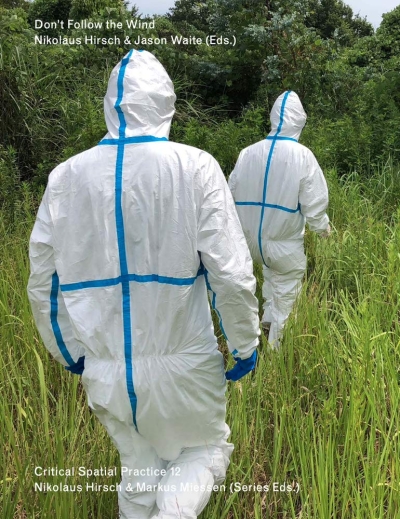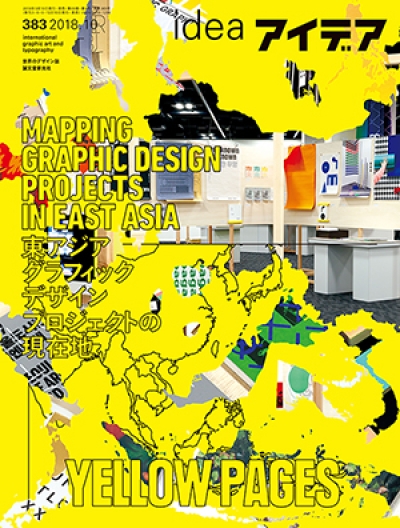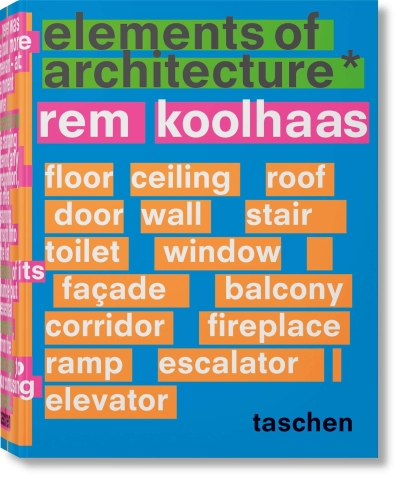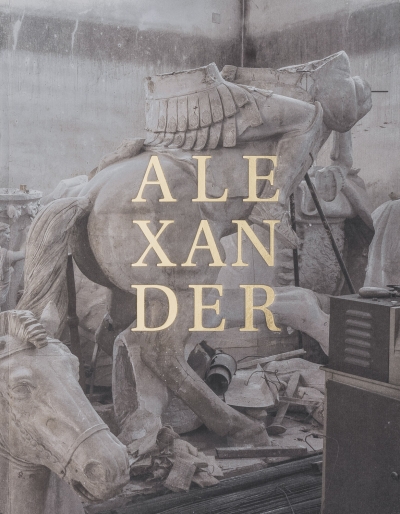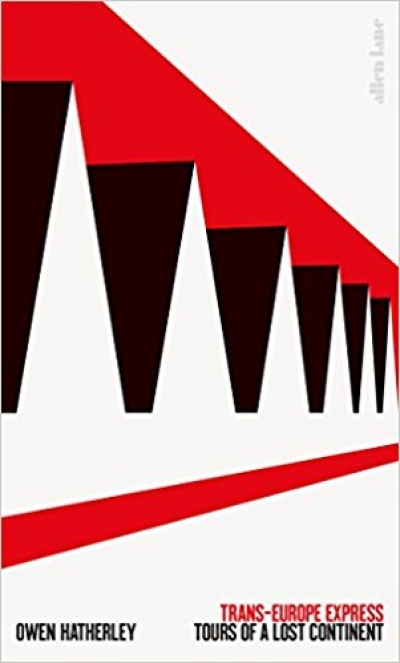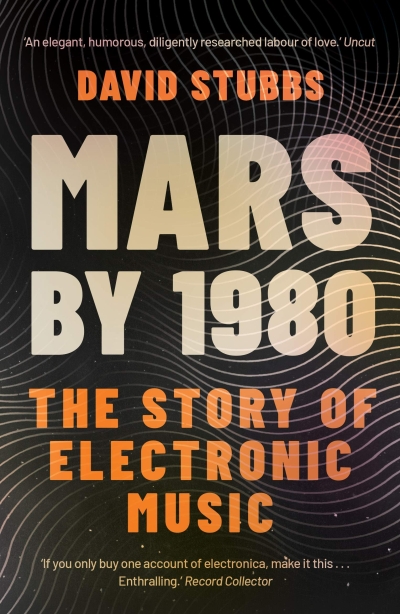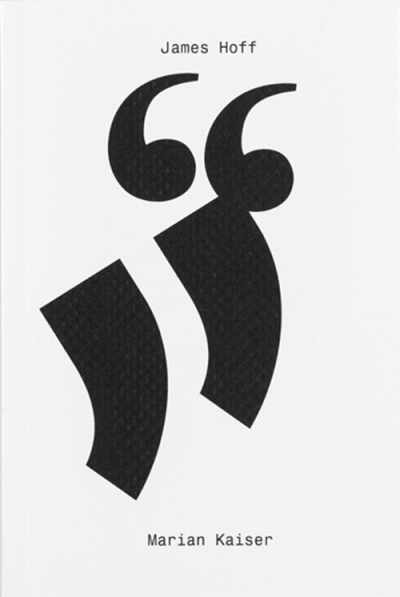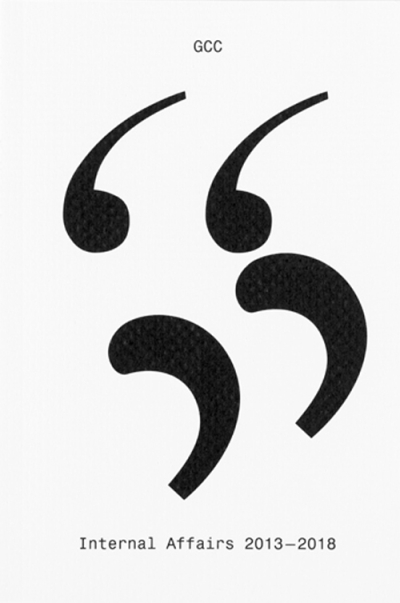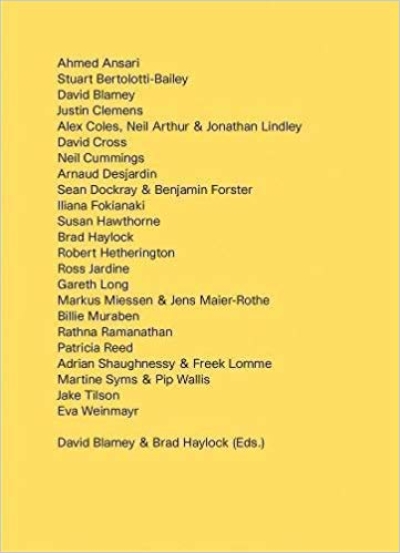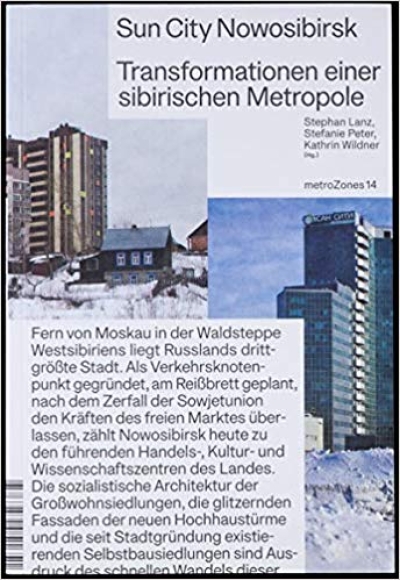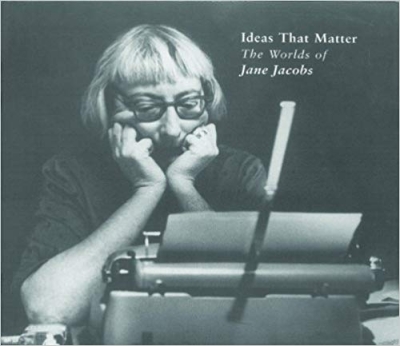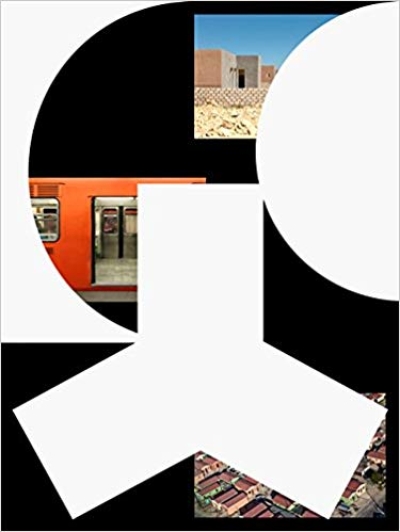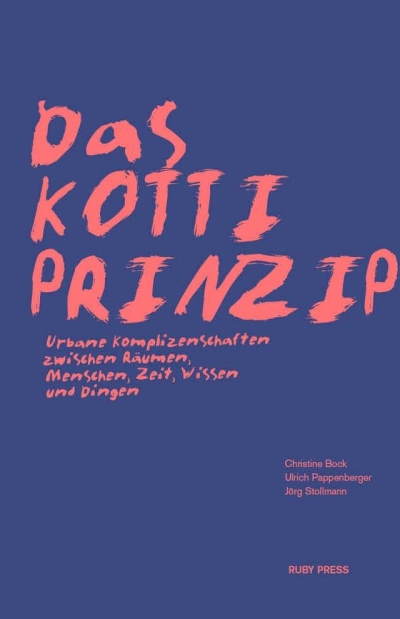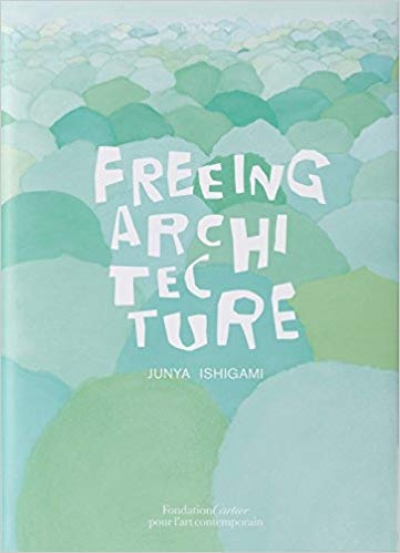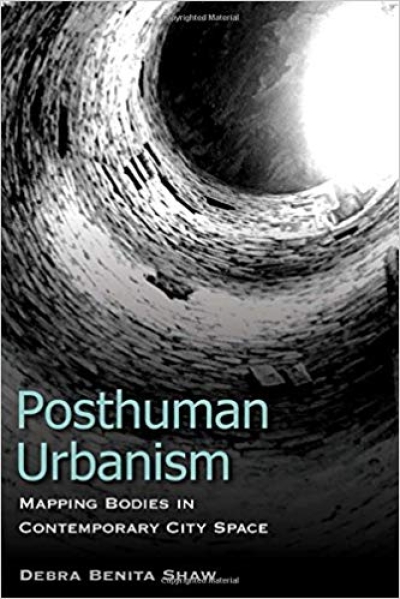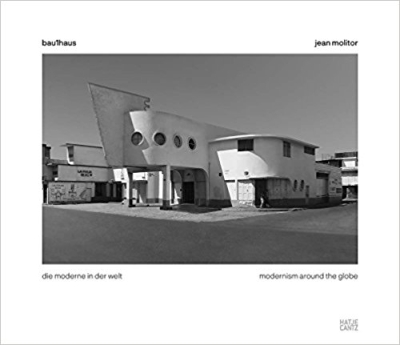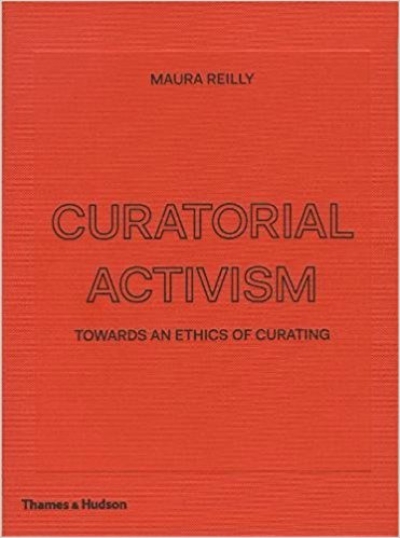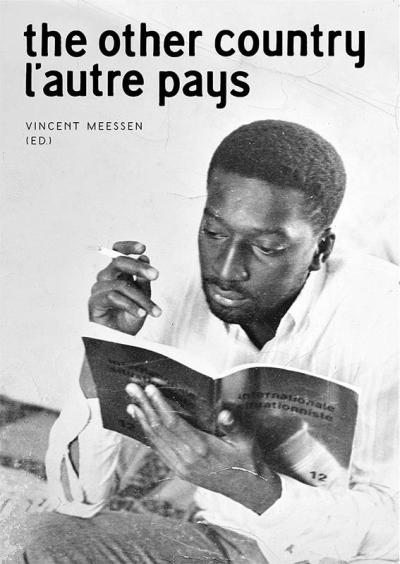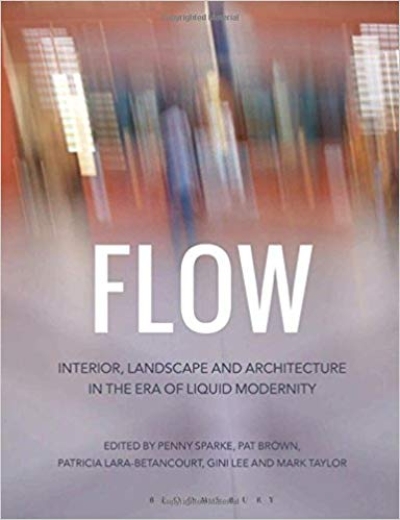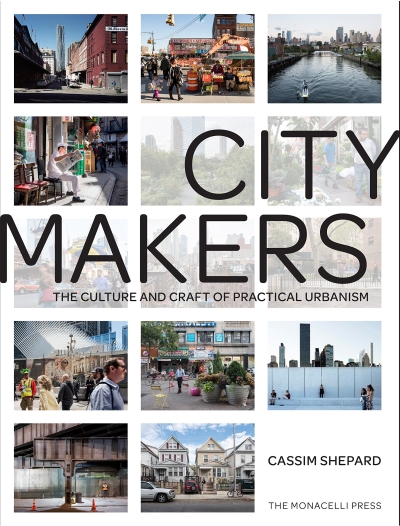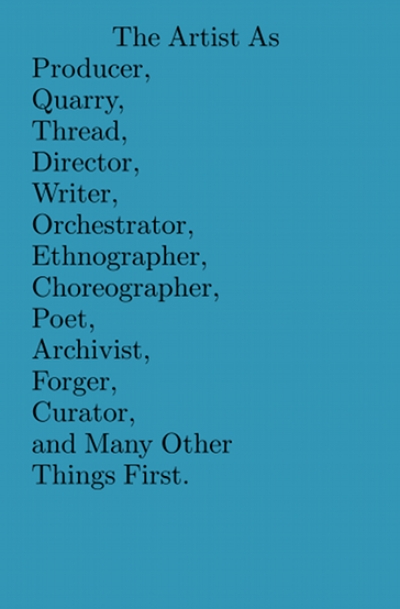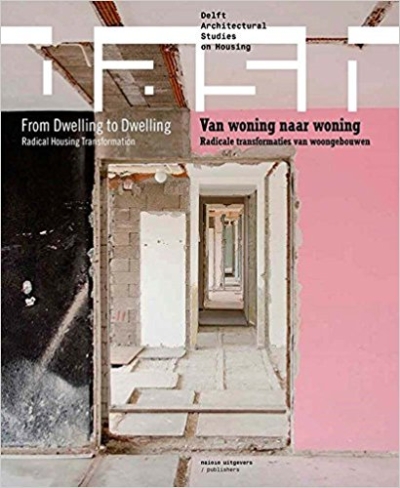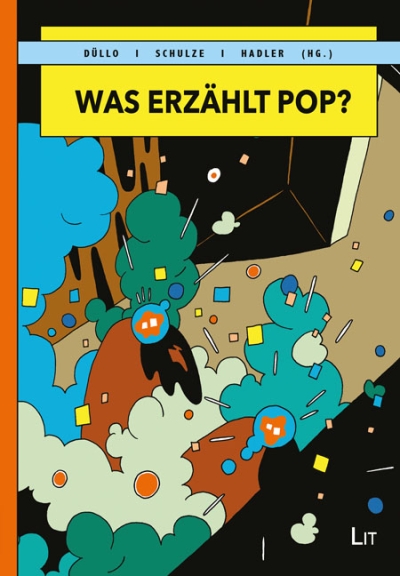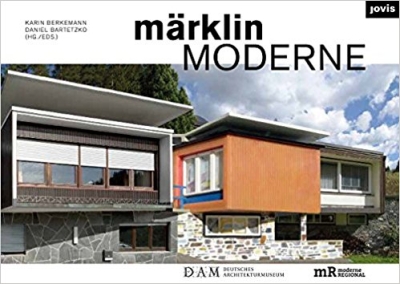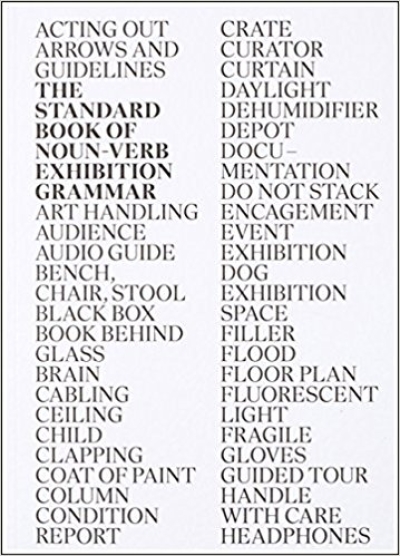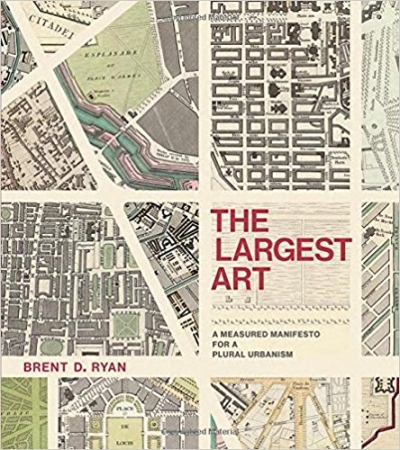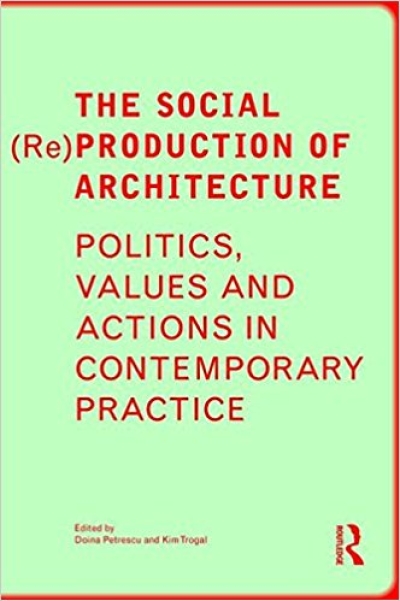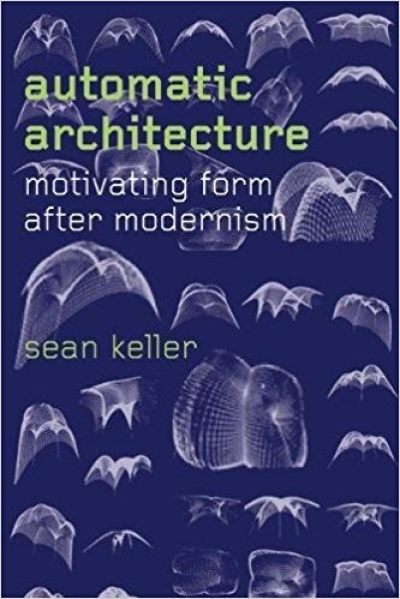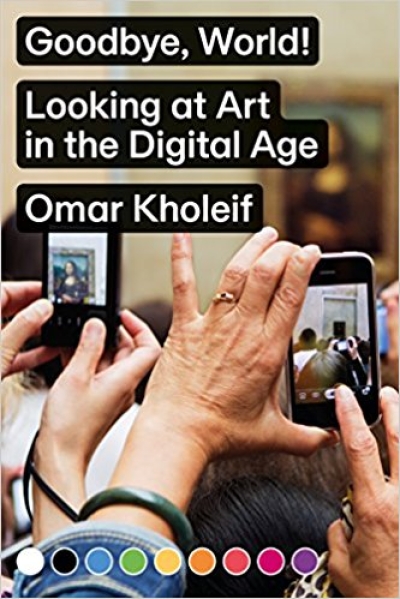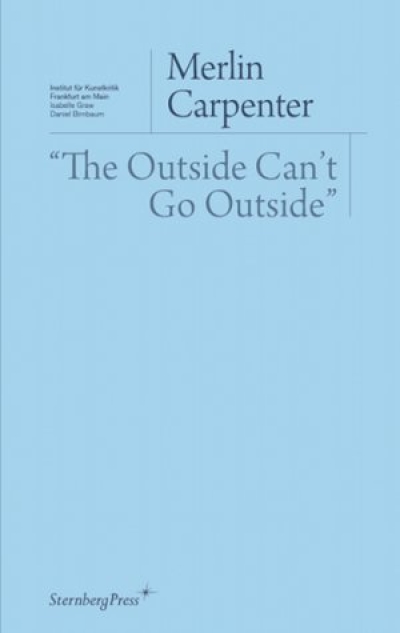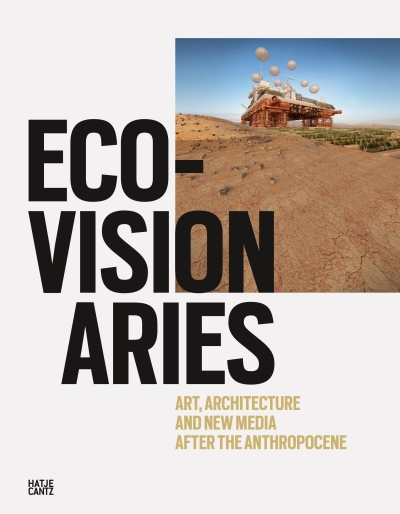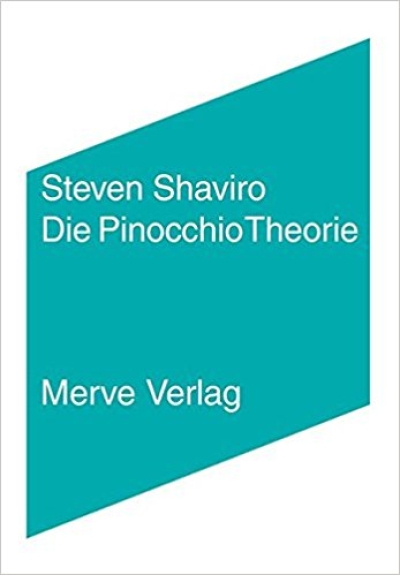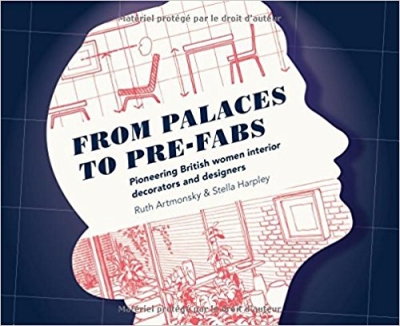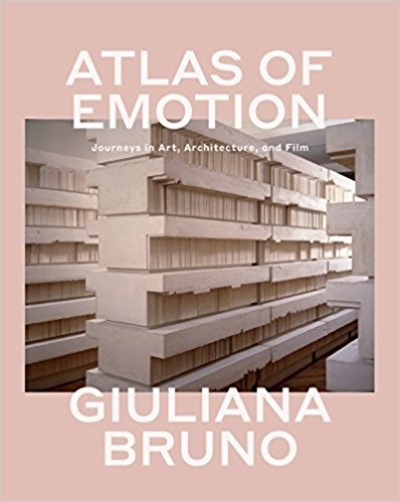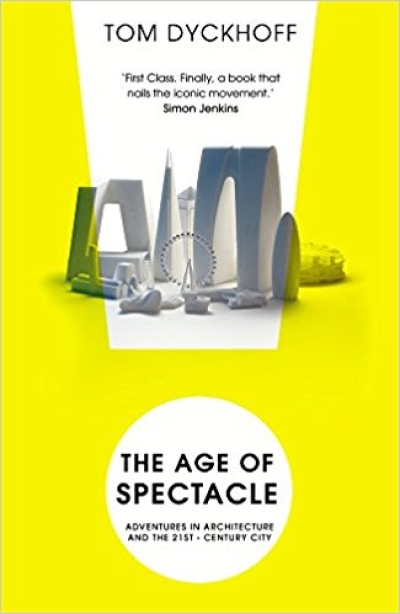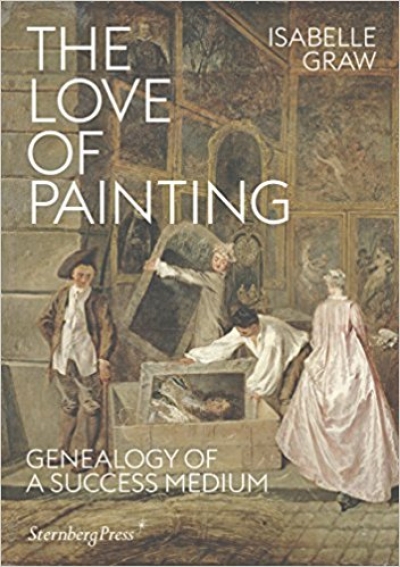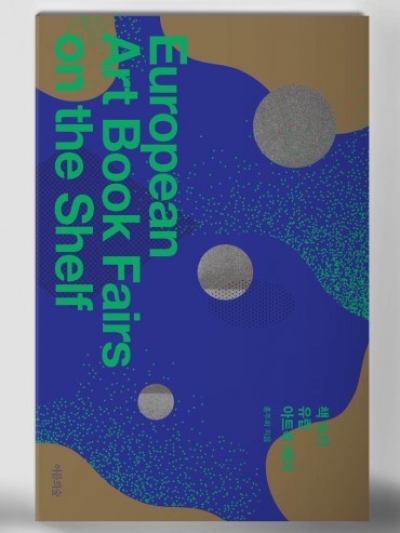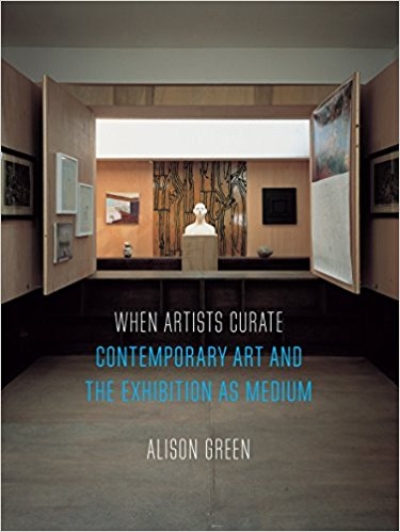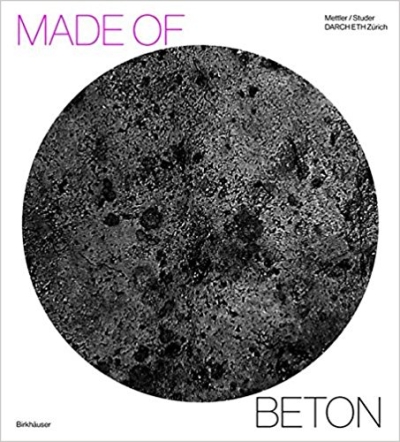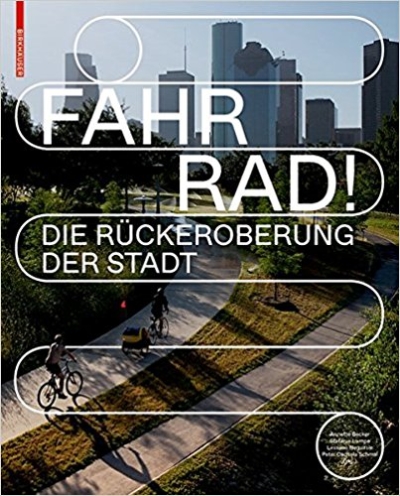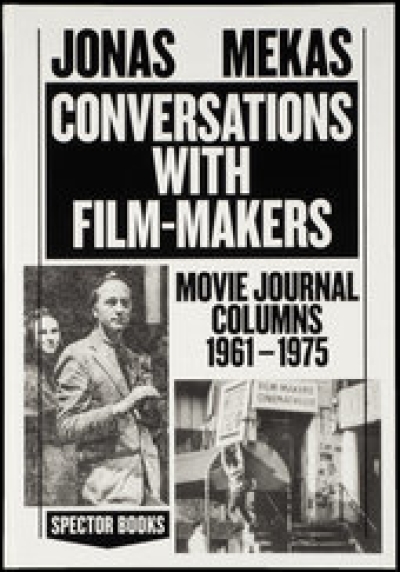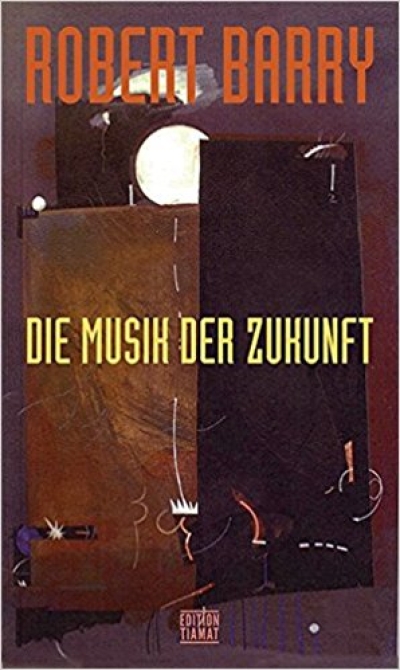M. Kries, A. Klein, A. Clarke (Hg)
Victor Papanek. The Politics of Design
gerade nicht auf Lager
Merve Emre (Ed.)
Once and Future Feminist
Andreas Brandolini
Gestaltung
gerade nicht auf Lager
Jacek Slaski
Gespräche mit Genialen Dilletanten
gerade nicht auf Lager
M. Bruet, E. King, S. Shabahzi, F. Sigg
Color Library. Research into Color Reproduction and Printing
Monika Grubbauer, Kate Shaw (Eds.)
Across Theory and Practice: Thinking Through Urban Research
gerade nicht auf Lager
Ursula Block, Michael Glasmeier
Broken Music: Artists' Recordworks
A. Mircev (Ed.)
O Plesu I Iz(a) Plesa
gerade nicht auf Lager
IDEA Magazine
IDEA 383. YELLOW PAGES: Mapping Graphic Design Project in…
gerade nicht auf Lager
2G n. 77
Arrhov Frick
gerade nicht auf Lager
B. Groys, A. Vidokle (Hg.)
Kosmismus
gerade nicht auf Lager
Museum für Gestaltung Zürich (Hg.)
Social Design. Partizipation und Empowerment
gerade nicht auf Lager
Lydia Kallipoliti
The Architecture of Closed Worlds, or, What is the Power of…
gerade nicht auf Lager
B. Wittner, S. Thoma, T. Hartmann (Hg.)
Bi-Scriptual: Typography and Graphic Design with Multiple…
gerade nicht auf Lager
John Byrne
The Constituent Museum: Constellations of Knowledge,…
gerade nicht auf Lager
Chimurenga, Edjabe, Pieterse (Hg)
African Cities Reader (III)
gerade nicht auf Lager
Lisa Vollmer
Strategien gegen Gentrifizierung
gerade nicht auf Lager
Kollektiv Orangotango+
This Is Not an Atlas: A Global Collection of Counter-…
Martina Löw
Vom Raum aus die Stadt denken: Grundlagen einer…
Bettina Allamoda (Hg.)
Model Map - zur Kartographie einer Architektur am Beispiel…
gerade nicht auf Lager
Mark Miodownik
Liquid: The Delightful and Dangerous Substances That Flow…
gerade nicht auf Lager
C. Alfaro, P. Rowe, C. Cardinal
Form and Pedagogy: The Design of the University City in…
Rem Koolhaas, Irma Boom
Elements of Architecture
Max Haiven
Art after Money, Money after Art: Creative Strategies…
gerade nicht auf Lager
Omar Sosa, Nacho Alegre, Marco Velardi
The World of Apartamento. Ten Years of Everyday Life…
gerade nicht auf Lager
Claudia Kromrei
Postmodern Berlin. Wohnbauten der 80er Jahre. Residential…
Catwalk To History - A Sourcebook.…
Bettina Allamoda
gerade nicht auf Lager
Kunsthalle Wien (Ed.)
I'm Isa Genzken, the Only Female Fool
gerade nicht auf Lager
Omar Kholeif
The Artists Who Will Change the World
gerade nicht auf Lager
F. Campagna, T. Morton
Technic and Magic: The Reconstruction of Reality
gerade nicht auf Lager
Murmurae (Paula Cobo-Guevarra, Manuela…
Situating Ourselves in Displacement: Conditions,…
gerade nicht auf Lager
Philipp Ekardt
Toward Fewer Images. The Work of Alexander Kluge
gerade nicht auf Lager
Damon Murray (Ed.)
Brutal Bloc. Post Cards
gerade nicht auf Lager
Donald Niebyl
Spomenik Monument Database
gerade nicht auf Lager
Fred Moten
The Universal Machine
gerade nicht auf Lager
Fred Moten
Stolen Life
gerade nicht auf Lager
Axel, Colomina, Hirsch, Lee, Wigley, (…
Superhumanity: Post-Labor, Psychopathology, Plasticity
Cornelia Sollfrank (Hg)
Die schönen Kriegerinnen. Technofeministische Praxis im 21…
Raimund Minichbauer
Facebook entkommen
Javier Tapia
Monte Carlo Club
A+U 429
Housing Currents
Michal Siarek
Alexander
gerade nicht auf Lager
A+U 428
Implementing Architecture. Cornell and the Education of…
gerade nicht auf Lager
Dominic Bradbury
The Iconic House: Architectural Masterworks Since 1900
gerade nicht auf Lager
Paper Monument
Draw it with your Eyes Closed. The art of the art…
gerade nicht auf Lager
Femke de Vries
Fashioning Value - Undressing Ornament: A critical study of…
gerade nicht auf Lager
Giovanna Borasi (Hg.)
Besides, History: Go Hasegawa, Kersten Geers, David Van…
gerade nicht auf Lager
Alice Rawsthorn
Design as an Attitude
Karl-Magnus Johansson (Ed.)
Inscription
Armen Avanessian, Mohan Moalemi (Hg.)
Ethnofuturismen
gerade nicht auf Lager
Owen Hatherley
Trans-Europe Express: Tours of a Lost Continent
gerade nicht auf Lager
Markus Breitschmid
Nicht-Referenzielle Architektur: Gedacht von Valerio Olgiati
gerade nicht auf Lager
David Stubbs
Mars by 1980. The Story of Electronic Music
James Hoff, Marian Kaiser
"" #2 James Hoff / Marian Kaiser
GCC
"" #4 Internal Affairs 2013 - 2018
Badlands Unlimited
"" #5 Badlands Unlimited (Act 1)
Steffen Richter, Andreas Rötzer (Hg.)
Dritte Natur: Technik Kapital Umwelt
gerade nicht auf Lager
Tamie Glass
Prompt: Socially Engaging Objects and Environments
gerade nicht auf Lager
David Blamey, Brad Haylock (Eds.)
Distributed
St. Lanz, St. Peter, K. Wildner (Hg.)
Sun City Nowosibirsk: Transformationen einer sibirischen…
Max Allen
Ideas That Matter. The Worlds of Jane Jacobs
gerade nicht auf Lager
David Grubbs
Now that the audience is assembled
gerade nicht auf Lager
Perspecta 50
Urban Divides
C. Bock, U. Pappenberger, J. Stollmann…
Das Kotti-Prinzip. Urbane Komplizenschaften zwischen Räumen…
gerade nicht auf Lager
Junya Ishigami
Freeing Architecture
gerade nicht auf Lager
Debra Benita Shaw
Posthuman Urbanism. Mapping Bodies in Contemporary City…
Geoffroy de Lagasnerie
Denken in einer schlechten Welt
Jean Molitor
bau1haus - die moderne in der welt. modernism around the…
gerade nicht auf Lager
Maura Reilly
Curatorial Activism. Towards an Ethics of Curating
Vincent Meessen
The Other Country. L'autre Pays
Sparke, Brown, Lara-Betancourt, Lee,…
Flow. Interior, Landscape, and Architecture in the Era of…
Cassim Shephard
Citymakers. The Culture and Craft of Practical Urbanism
gerade nicht auf Lager
Aileen Burns, Tara McDowell, Johan…
The Artist As Producer, Quarry, Thread, Director, Writer,…
gerade nicht auf Lager
Delft Architectural Studies on Housing
From Dwelling to Dwelling: Radical Housing Transformation
gerade nicht auf Lager
Thomas Düllo, Holger Schulze, Florian…
Was erzählt Pop?
gerade nicht auf Lager
D. Bartetzko, K. Berkemann (Hg)
märklinMODERNE: Vom Bau zum Bausatz und zurück
Niekolaas Johannes Lekkerkerk
The Standard Book of Noun-Verb Exhibition
Brent D. Ryan
The Largest Art. A Measured Manifesto for a Plural Urbanism
gerade nicht auf Lager
Éric Alliez, Maurizio Lazzarato
Wars and Capital
gerade nicht auf Lager
Doina Petrescu, Kim Trogal (Hg)
The Social (Re)Production of Architecture. Politics, Values…
Sean Keller
Automatic Architecture: Motivating Form After Modernism
gerade nicht auf Lager
Omar Kholeif
Goodbye, World! Looking at Art in the Digital Age
Merlin Carpenter
The Outside can´t go Outside
gerade nicht auf Lager
Pedro Gadanho (Ed.)
Eco-Visionaries: Art, Architecture, and New Media after the…
Steven Shaviro
Die Pinocchio Theorie
Ruth Artmonsky, Stella Harpley
From Palaces to Pre-fabs: Pioneering Women Interior…
gerade nicht auf Lager
Bruno Giuliana
Atlas of Emotion: Journeys in Art, Architecture, and Film
gerade nicht auf Lager
GRAFT Architekten, Marianne Birthler (…
Unbuilding Walls: Vom Todesstreifen zum freien Raum/From…
gerade nicht auf Lager
Tom Dyckhoff
The Age of Spectacle: The Rise and Fall of Iconic…
gerade nicht auf Lager
Isabelle Graw
The Love of Painting: Genealogy of a Success Medium
gerade nicht auf Lager
Ju Hee Hong
European Art Book Fairs on the Shelf
gerade nicht auf Lager
B. Bergdoll, J. Massey (Eds.)
Marcel Breuer: Building Global Institutions
gerade nicht auf Lager
Alison Green
When Artists Curate. Contemporary Art and the Exhibition as…
gerade nicht auf Lager
Daniel Mettler, Daniel Studer (Hg.)
Made of Beton
gerade nicht auf Lager
Deutsches Architekturmuseum (Hg.)
Fahr Rad!: Die Rückeroberung der Stadt
Jonas Mekas
Conversations with Film-Makers. Movie Journal Columns 1961…
gerade nicht auf Lager
Gigon, Guyer, Grämiger, Schlauri, Traut…
Bibliotheksbauten
gerade nicht auf Lager
Robert Barry
Die Musik der Zukunft
